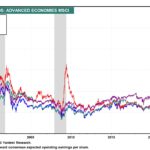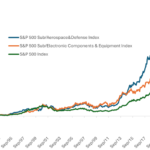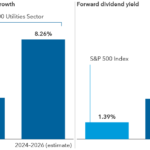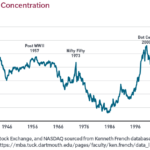e wrote an article on how to analyze a bank on July 3,2008. In that post, the three factors discussed were:
1. Reserves for Loan Losses
2. Non Performing Loans
3. Capital Levels
In addition to the above factors there are a few other ways to measure the performance of a bank. In this post lets look at three such measures.
4. Return on Equity (ROE):
ROE is calculated simply by dividing a firm’s net income less preferred dividends by common shareholder’s equity. Basically it shows how much assets are created for every dollar invested. So if the ROE is 30% then for every dollar the bank invests, 30 cents of assets are created.
A higher ROE% is always better. ROE should always be used by comparing with peer banks. Banks in the 20% ROE range are very good.
Bank of Novo Scotia (BNS) had the following in the 2nd quarter report to shareholders:
“Target: Earn a return on equity (ROE)(1) of 20 to 23%. For the six months Scotiabank
earned an ROE of 20%.”
5. Return on Assets (ROA):
This is calculated by dividing Net Income by Total Assets.
The higher the ROA the better the bank.
A bank that makes a high ROA with less assets is better than a bank with more assets that makes a high ROA. For eg. if a bank has total assets of $5 M and makes a net income of $1M, then its ROA is 20%. If another bank makes the same Net Income but has assets of $10M then its ROA is 10% . So here the first bank is better.
6. Net Interest Margin (NIM):
NIM is another important measure to evaluate banks.It is simply the profits made by a bank in deposits taken and then charging interest on loans given out. It is usually expressed as a percentage or dollar amount.
Higher Net Interest Margin shows higher profitability.
On NIM Scotiabank said: “The Bank’s net interest margin, at 1.76% in the second quarter, was down from 1.93% in the same quarter of last year and from 1.79% in the first quarter.”
This shows that the net interest margin decreased and hence the performance was worse than the 1st quarter of 2008.
Glacier Bank (GBCI) , a US bank regional bank in Montana, said the following in its latest quarterly report :
“The net interest margin as a percentage of earning assets, on a tax equivalent basis, was 4.75 percent which is 21 basis points higher than the 4.54 percent achieved for the prior quarter and 24 basis points higher than the 4.51 percent result for the second quarter of 2007. “The continued improvement in the net interest margin is primarily attributable to lower funding costs achieved by our banks diligently managing deposit funding costs in the markets served,” said Ron Copher, Chief Financial Officer.”
The above NIM figure shows that GBCI is performing better.



